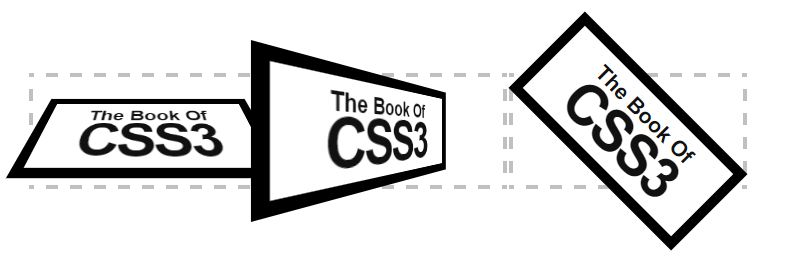Home >Web Front-end >CSS Tutorial >Detailed introduction to surrounding diffusion
Let’s take a simple example first, for example: @ key frames hovertreemove { from { top :30px;} to {top:130px;} }Animations can be created through @keyframes rules. Animations are created by gradually changing one set of CSS styles into another. You can change this set of CSS styles multiple times during the animation. Specifies when the change occurs as a percentage, or via the keywords "from" and "to", which are equivalent to 0% and 100%. 0% is the start time of the animation, 100% is the end time of the animation. For best browser support, you should always define 0% and 100% selectors. The following is the code for up and down movement:

##Introduction: The principle of creating animation is to combine a set of CSS styles gradually change into another set of styles. You can change this set of CSS styles multiple times during the animation. Specifies when the change occurs as a percentage, or via the keywords "from" and "to", which are equivalent to 0% and 100%. 0% is the start time of the animation, 100% is the end time of the animation. For best browser support, you should always define 0% and 100% selectors.
2. Use pure css3 to realize the animation effect code of circular diffusion from the center to the surroundings

Introduction: This article introduces the use of pure css3 to realize the animation effect code of circular diffusion from the center to the surroundings
[Related Q&A recommendations]:
Huxiu.com pictures use CSS3 transition, how to achieve that effect
The above is the detailed content of Detailed introduction to surrounding diffusion. For more information, please follow other related articles on the PHP Chinese website!